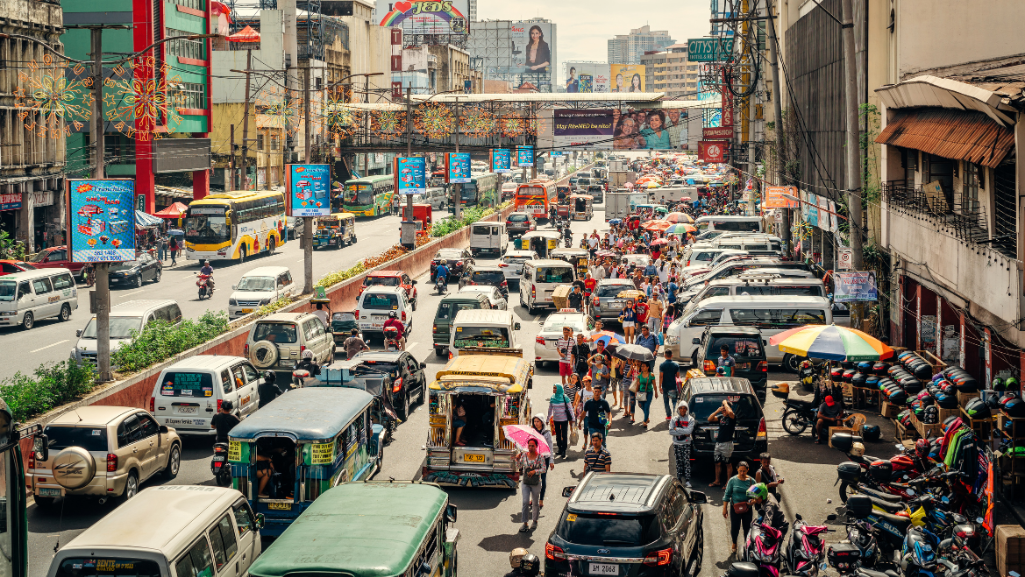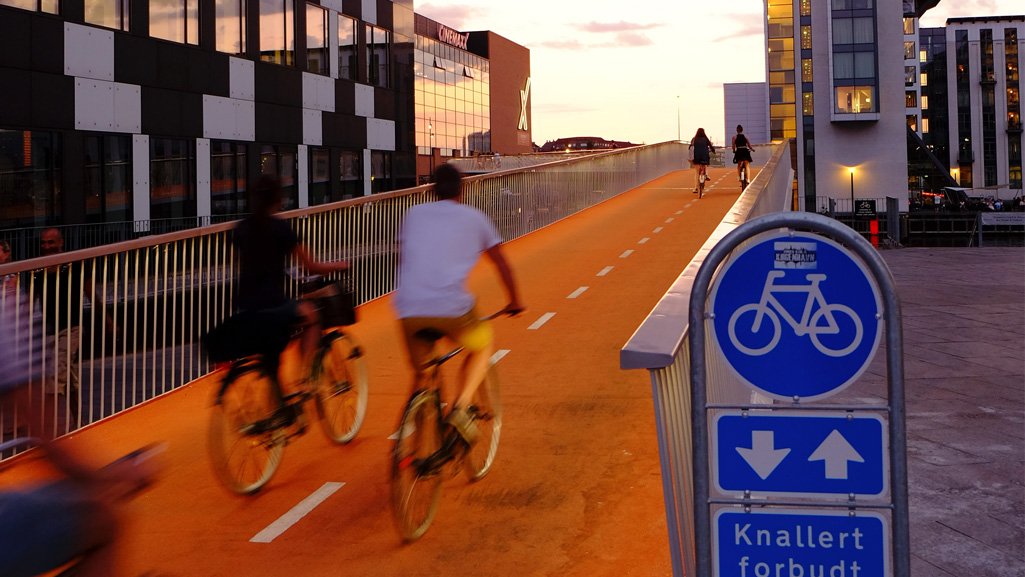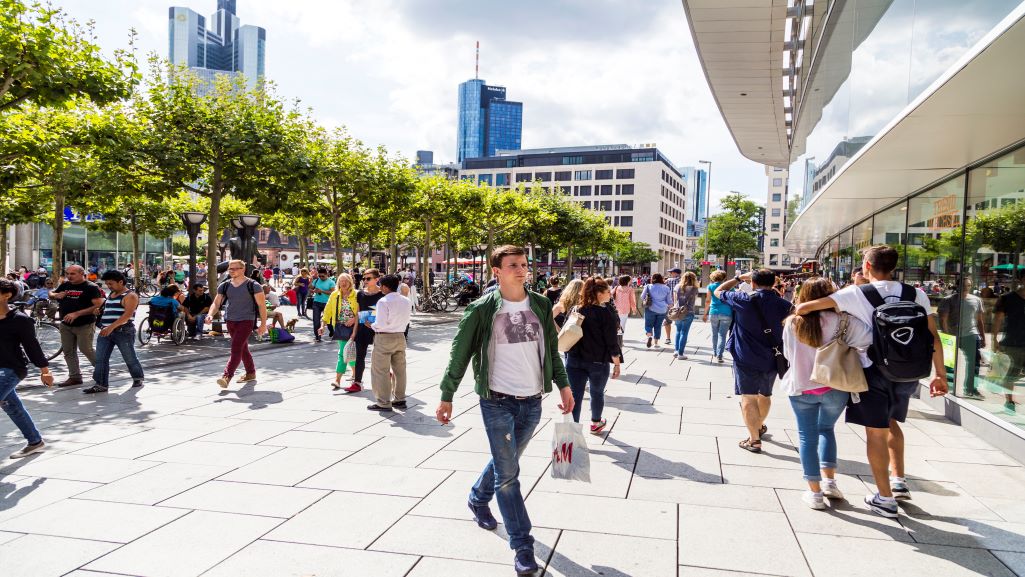The Philippines boasts a unique and extensive array of public transportation modes, which play a crucial role in facilitating the movement of millions of Filipinos within communities and participation in social and economic activities. This reflects the country’s diverse geography, socio-economic dynamics and cultural heritage. By modeling and integrating these distinctive modes and their behaviors within PTV Vissim, we can create realistic traffic simulations that acknowledge their significant impact on traffic flow and mobility.
Jeepneys
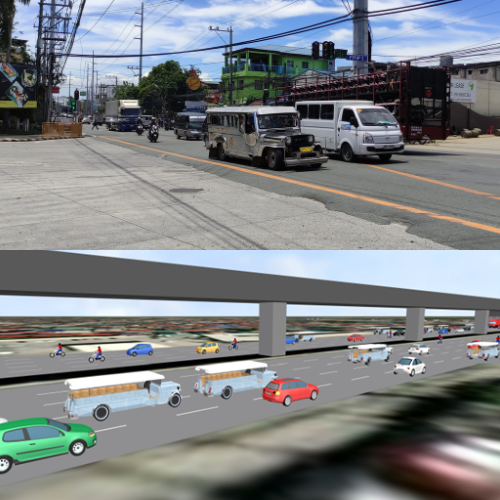
Renowned as the “kings of the road,” jeepneys stand as iconic symbols of Philippine transportation. Originally refurbished from surplus military jeeps dating back to the post-World War II era, these vehicles have transformed into vibrant and elaborately adorned public utility vehicles. Typically, passengers board through the rear entrance, although two front seats are also available. The design of jeepneys varies widely, reflecting the unique characteristics of each locality and even specific routes.
Jeepneys operate with a degree of flexibility uncommon in other forms of public transport. Stops are unregulated, allowing them to halt anywhere along their route for passengers to board or alight. Consequently, there is no fixed dispatch schedule or intervals, contributing to the spontaneity of their service.
Modeling jeepneys holds significant importance in the development of traffic management plans and the enhancement of public transport infrastructure. By accurately representing their behavior within simulation models, planners can better understand their impact on traffic flow and identify opportunities for optimizing routes, establishing designated stops, and improving overall transportation efficiency.
Tricycles
Tricycles stand as another ubiquitous mode of transportation in the Philippines, frequently found in smaller areas and barangays. These vehicles, characterized by their three wheels, are typically motorcycle-powered, featuring a sidecar attachment for passenger seating.
Primarily utilized for short-distance travel, tricycles serve as feeder modes to larger transportation services with greater capacities. Their versatility allows them to navigate through narrow streets, particularly in residential areas, where they can efficiently maneuver through tight spaces.
The design of tricycles varies widely, affecting both seating capacity and orientation. Sidecars come in various sizes and configurations, accommodating passengers facing forward, sideways, or even backward relative to the direction of travel. Although typically slower than larger transport vehicles, tricycles offer a valuable means of navigating local roads.
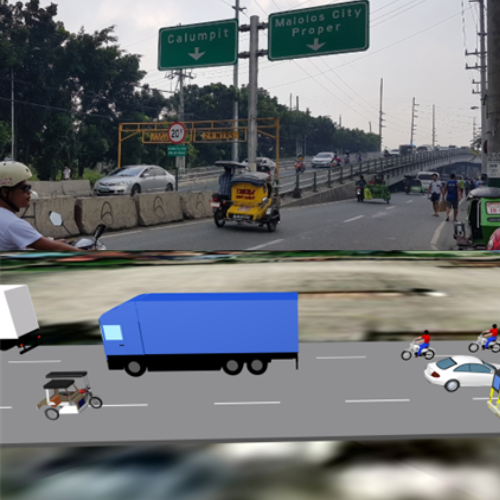
When modeling tricycle routes within Vissim, they can be treated similarly to private vehicles, akin to taxis, with end-to-end routes. Alternatively, in certain areas, tricycles may have designated stops and terminals where passengers can board or alight, mirroring the infrastructure of more formalized public transportation systems.
Motorcycles
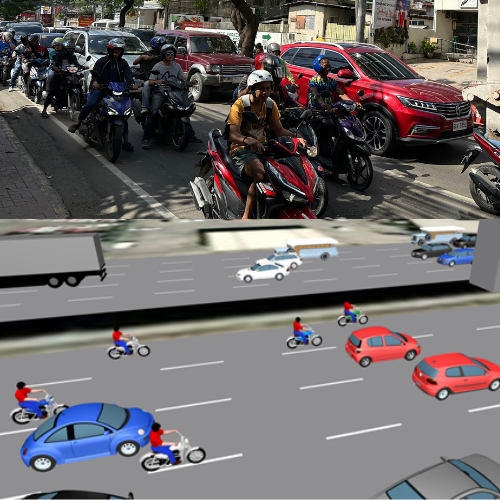
While motorcycles are not exclusive to the Philippines, their driving behavior often exhibits distinct characteristics in comparison to other countries. In urban areas of the Philippines, motorcycles operate differently from larger vehicles due to their smaller size, agility, and the prevalent traffic conditions typical of urban environments.
One common behavior of motorcycles in Philippine urban areas is lane filtering and splitting. This maneuver involves motorcycles navigating between lanes of slower or stopped traffic to progress more swiftly, particularly to circumvent traffic congestion, notably during peak hours.
PTV Vissim facilitates the modeling of this observed behavior by enabling the customization of driving dynamics to a space-oriented approach. This entails removing constraints on desired lateral positions within a lane and permitting overtaking within a lane, aligning with the unique characteristics of motorcycle movement in urban traffic scenarios.
Conclusion
Urban traffic in the Philippines is characterized by its dynamic and diverse nature, where a multitude of transportation modes coexist and interact on bustling streets. PTV Vissim emerges as a powerful tool for modeling even the most intricate urban thoroughfares, offering insights into the complexities of traffic dynamics.
Incorporating the unique transportation modes prevalent in a locality, along with their corresponding behaviors, is indispensable for crafting effective traffic management strategies and fostering the growth of sustainable urban transportation solutions. By accurately representing the nuances of each mode within simulation models, planners can gain valuable insights into traffic flow patterns, identify potential bottlenecks, and optimize infrastructure to enhance mobility and alleviate congestion in urban areas.
You can find more simulation videos in the Philippine setting through this channel: SMDI Consultants – YouTube
